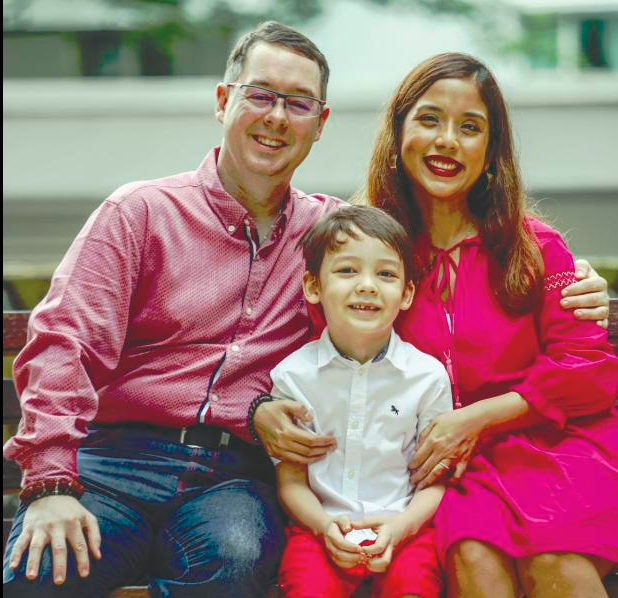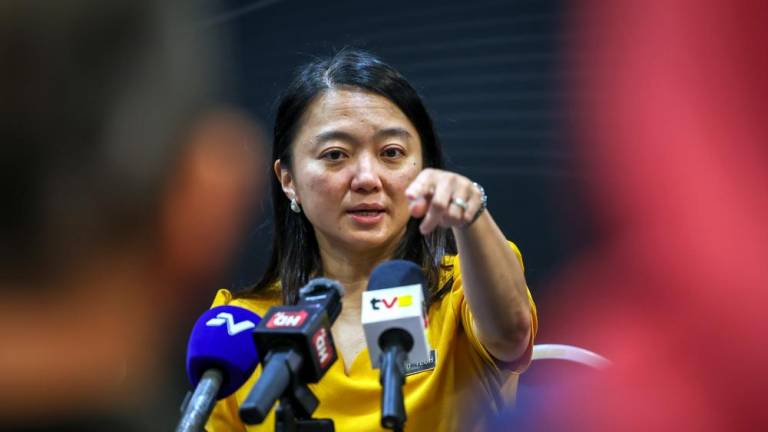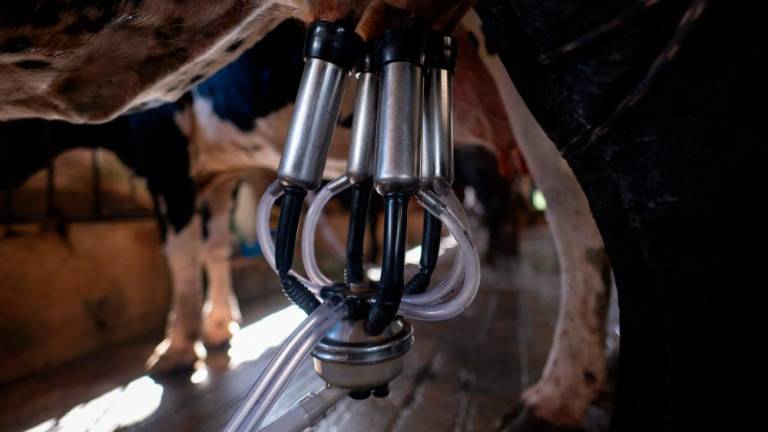PETALING JAYA: When Yuri Tiru Pillai Schneider married her German husband, Sven Schneider, she inherited an instant family as he had a son, Ian, from an earlier marriage.
As Ian was the only child in her marriage, Yuri devoted herself to raising him as best as she could, while experiencing the usual misconceptions and stereotypes, which led her to write a book, Two Homes, One Family.
Yuri, 34, who resides with her family in Petaling Jaya, said the book serves to shed more light on the role of stepparents, and also to dispel the “evil stepmother” myth made popular by children’s books, such as Cinderella and Snow White and the Seven Dwarfs.
She felt Ian, who is five years old, could not comprehend her role as his mother even though she took care of him full-time, five days a week, while freelancing as a communications specialist. He would spend the weekends with his biological mother, who is Chinese.
She then decided to explain to Ian, who was quite confused by the different complexions in the family, how it all came about. She did this by drawing a family tree and describing his relationship to each of the family members.
“Two Homes, One Family was primarily designed for Ian, to show him how we could all live happily together, even if we lived in different homes. I presented it to him on his birthday last year,” said Yuri, whom Ian calls “Mimi” while he refers to his biological mother as “Mami”.
The idea of blended families is not new to Yuri, whose parents are Indian and Chinese. Her mother married a Canadian when Yuri was in her 20s. Her father remained close to the family, while they adjusted to the dynamics of a new family structure.
“With the high divorce rate in Malaysia, many children from broken homes grow up having to recover from the effects of an unhappy childhood. And sometimes, parents unknowingly ‘weaponise’ their children to hate their stepfathers or stepmothers, not realising that this can adversely affect them in the long term.”
What is the reason for the miscommunication of parents and stepparents in blended families?
University of Cyberjaya Dean of the Faculty of Psychology and Social Sciences, Assoc Prof Dr Anasuya Jegathevi Jegathesan, who also comes from a blended family, said it is not easy on both sides to accept a new family member, be it the stepfather, stepmother or stepsibling.
“It is easier for younger children to grow up and accept the dynamics. Older children are expected to adjust and accommodate the changes. There is a lot of work that needs to be done by all parties in blended families before there is acceptance of the new family dynamics,” said Anasuya, who felt the role of the stepfather or stepmother must be clearly explained or discussed by all parties so the children are clear.
“Are they going to be friends, or have an aunt or uncle relationship with their stepparents? Children wield a certain power, and the success or failure of that relationship will depend on how each family member can get along with the other.”
She added that the whole idea is to set the tone for the children to have a good environment to grow up in, and lead happy lives, rather than suffer the consequences of miscommunication within the blended family.














